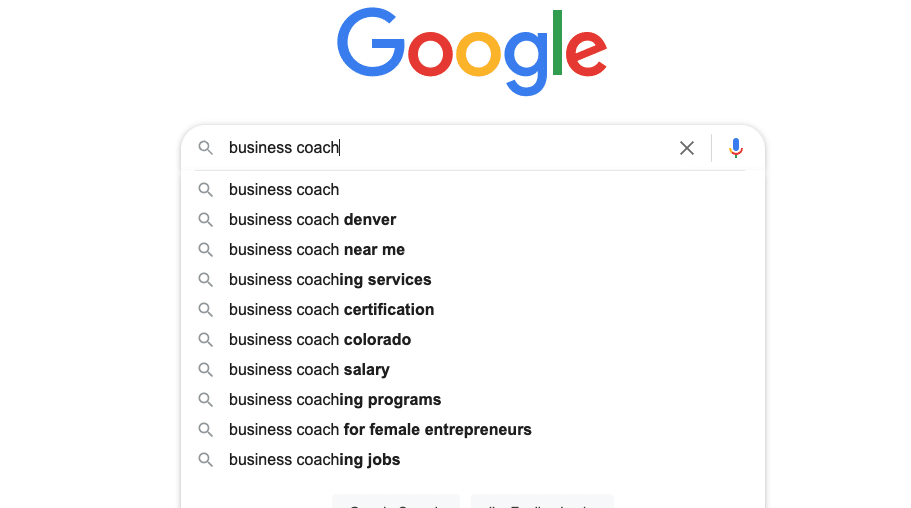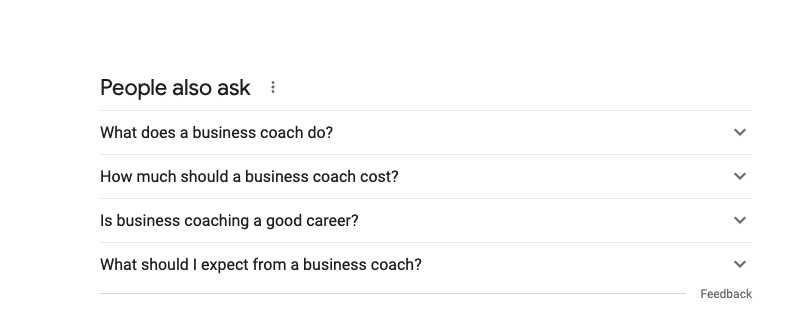Want a Genuine Increase In Website Traffic? 3 Simple SEO Tips for Bloggers
It’s common practice for bloggers to utilize search engine optimization techniques to increase traffic. But in faith-based blogging circles, there’s some contention. It’s often argued that using targeted keywords diminishes the Holy Spirit’s inspiration for content. The truth is, it’s not an either-or situation. By using simple SEO tips for bloggers, it’s possible to attract readers, share polished writing, AND follow spiritual promptings.
Why Faith-Based Bloggers Should Be Interested in SEO
As faith-forward writers, there’s an ongoing struggle. We pour our hearts and soul into what we write. Yet, it feels as if very few people see our posts. We feel invisible—and that’s frustrating. Especially when we compare our traffic to those who load their posts with keywords, sharing content that doesn’t flow and struggling to make a point. The good news is, faith bloggers don’t have to choose SEO over inspired writing.
There's a way to balance good writing with strong optimization. What if faith writers could disprove the myth that writing for SEO is bad writing? And how many lives could we enrich with the word of God if people could actually find us on the internet?
Because we write with a high calling, we invest heavily in our craft. Sadly, audiences often remain smaller than we’d like. We sometimes wonder if we're good enough or if we even have what it takes to write professionally. Most faith bloggers turn to social media and reach readers through Facebook or Instagram. Just when there’s an established rhythm and engagement and followers start clicking, the social media world changes an algorithm. Then we have to relearn everything and figure it out all over again. Or, because of divisiveness and a negative political narrative, readers fall away from social media, and blog traffic suffers the consequences. It feels like there are always outside factors that determine how many people see a blog post.
It shouldn't have to be that way. It shouldn't be so stinking hard to grow an audience.
How Can I Increase My Blog Traffic?
Faith writers have a lot at stake because their words of encouragement have the power to change lives, to impact generations. They can resonate with people, but far too often miss the people that really need their words. It’s easy to imagine that once a blog post is published, people will find and read it (the “if you build it they will come” mentality). Realizing that too few people are helped because they can't find your words of hope is heartbreaking. I understand and have walked a similar struggle as a devotional writer.
Every blogger starts with nothing: zero followers, and zero engagement. But there are intentional steps we can take to make sure we reach more readers over time. Years ago when I was in the early stages of my blogging journey, someone finally shared Google Analytics and Google Search Console. I immediately wished they hadn’t. I'd been writing for three years and I realized I had 43 blog visitors in three years—not 4,300—43. Fewer than fifteen people per year. I was devastated. And mortified. Over the years, I’ve become a better student, learning more compelling ways to communicate and strategies to attract the people who need my kind of encouragement. By learning better approaches to marketing and using a 360-degree approach, I’ve learned how to grow a following, reach a larger audience, and help my clients do the same.
Stop Overcomplicating It: Simple SEO Tips for Bloggers
After becoming serious about adding SEO to my blog posts I've seen a steady increase in my organic activity. Not from people who follow me on social media, but from people who ask a question on Google and are pointed to my website. Today my organic traffic from search engines is bigger than any of my social media channels. It feels so good to not have to just live and die by the mood of somebody on social media. I stopped thinking of my blog as a way to build relationships with my readers; I know that sounds strange. But now I leverage my memberships and email list to connect with readers on a heart level. I think of the purpose of my blog as a way to introduce myself to potential followers.
Think of moving into a new neighborhood and meeting your neighbors. First, you start to see them across the street. Pretty soon you're smiling and waving, then you learn each other's names. Before long, you stop by to drop off a piece of mail. Eventually, you enter someone's home, but it takes a little while to get there, right? That’s the point when we start to build meaningful relationships. We start to help each other with problems. Then maybe we watch each other's pets. Soon we start to live as neighbors, and it’s a beautiful thing. We want to do the same thing on our blogs and SEO provides the path.
A 3-Step Approach to SEO for Bloggers
SEO is a lot simpler than most people imagine and I often kick myself for not starting sooner. In this post, I’ll cover three simple steps.
Research before you write
Strategically place your keywords (and key phrases)
Engage with the new readers
Step 1—Research: How to Choose Keywords for a Blog Post
The first thing that we need to do is get potential followers to our doorsteps so that we can invite them in. But we have to know what it is that they're looking for before we write a new blog post. That’s when you do your keyword research. When we have a topic in mind, we type it in, get the search engine results, and let Google reveal the clues. By just typing a few words into Google, it will begin to auto-populate your search term. Google auto-populates based on common searches, so pay attention to those clues. By doing a bit of research, we discover what people are searching for on the internet, then can tailor our posts to meet their needs.
To be clear, using SEO does not dismiss the need to pray over a post or follow God's direction. It is more about meeting lost and hurting people where they are so that we can speak about the problems that they're facing.
An Example Search
As I look up the term, “Business Coach” Google generates suggestions for my search as follows: When you see those suggestions, start to consider you can use any of those search terms logically and comfortably in your article. Google continues to share. Scrolling down the results page, Google displays questions people also ask. In the case of “business coach,” people also ask questions such as:
‘What does a business coach do?”
“How much should a business coach cost?”
“Do I really need a business coach?
Questions People Ask Google Simple SEO Tips for Bloggers
Here’s how it looks on the screen:You can use these questions verbatim in your post, either as a heading or inside a paragraph, and they’ll help your search engine optimization.
Step 2—Keyword Placement: Strategy is Key for SEO
Once you’ve discovered what people are searching for, you can write a post about that topic, and then incorporate keywords, keyphrases, and questions strategically inside your post. We don’t have to overthink or overcomplicate it. Add a focus keyword (or key phrase) three to five times where they fit naturally in your post. Be sure to include it in your title and in one or two subheadings. There are several places to insert your keyword on the back-end of your blog to help your search engine rankings. I recommend 9 strategic locations for keywords that will help drive organic traffic to your blog post. These are both inside our content and in the back-end of your blog post:9 Strategic Locations to Add Your Focus Keyword:
Your title
In your first paragraph
3-5 additional times where it fits naturally in your content
One heading (H2)
In one subheading (H3)
Your Yoast SEO title (Yoast is a free WordPress Plug-In)
In your meta description
As your slug
In the file name of your images (but not the alt text)
Step 3—The Traffic Increase: Respond and Engage
The third step in our three-step process is to enjoy your traffic increase and use it as an opportunity to engage with your readers. Add a lead generator or opt-in so that you can draw those readers into your subscription list or into your groups. Invite them to follow you on social media so that you can engage with them there. When readers visit your site, they want the help that you offer. Make intentional efforts to appeal to their needs and pain points so that you can retain them in your reader base. Build relationships and help readers begin to know, like, and trust you as you minister to them.
SEO is a Long-Game
Keep in mind that publishing SEO-friendly blog posts is a long game. You won’t see drastic changes overnight. Every change and improvement you make today will positively impact your traffic in 6-12 weeks. It takes Google some time to recognize what you write about, then analyze your keywords and measure the rankings. But the wait is worth it. If you’ve written for a while and are just starting to add SEO techniques, it’s helpful to go back and update old posts. Use the same three-step process: Research the topic of your post, strategically place your keyword and key phrases, then engage with your readers as you see your traffic increase.
When faith-forward bloggers use SEO, they can reach more readers for the Kingdom of God. They can impact more lives and in the process, strengthen their brand as a blogger. By using these simple SEO tips for bloggers, we can dispel the myth that you’re EITHER an inspired faith writer OR you write for SEO. With a simple yet strategic plan, you can be BOTH and share your message of hope with the world.






